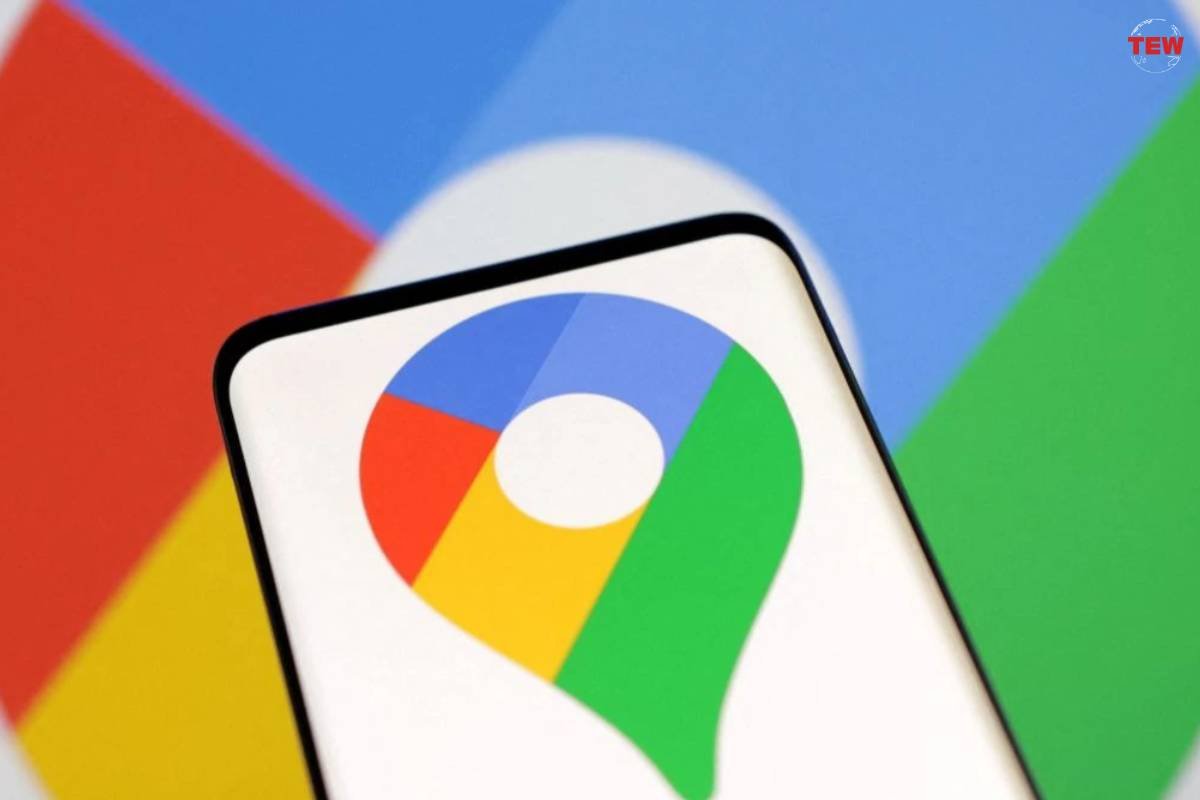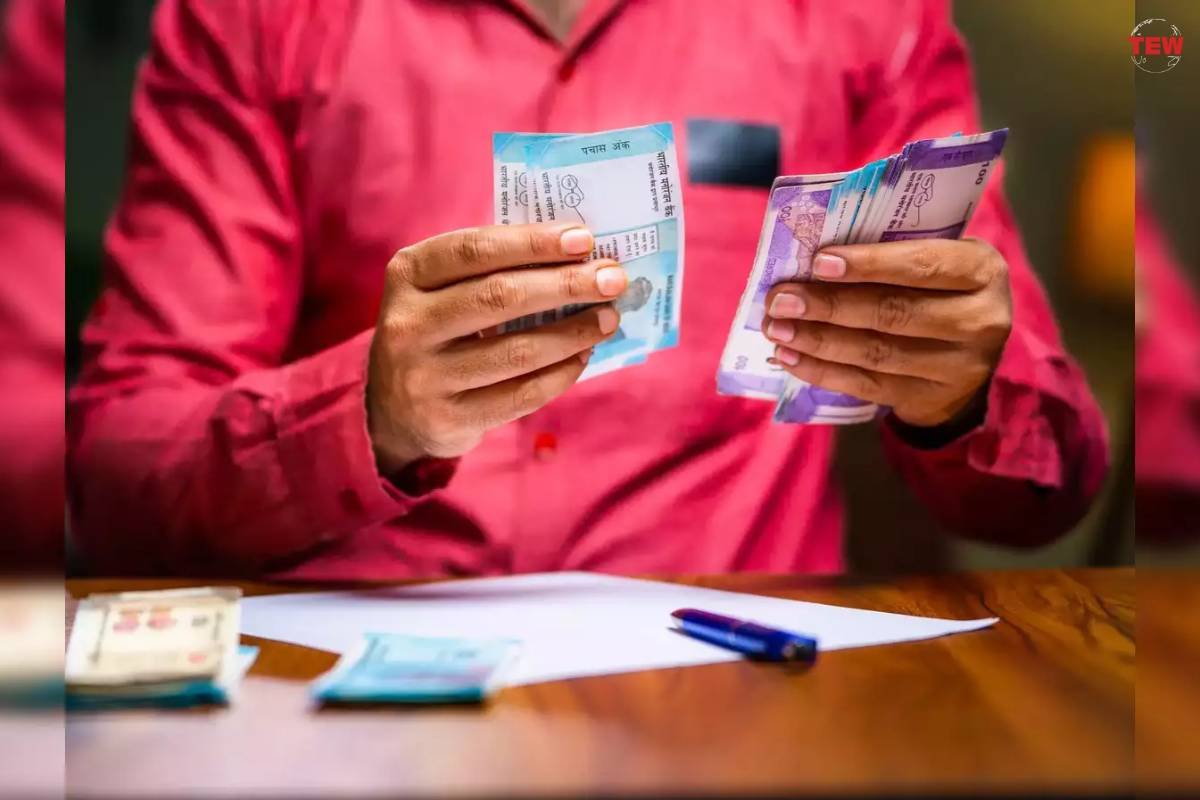In this article, you will learn about What is Dictation transcription and why Dictation Transcription is a good solution for blind or visually- impaired people.
Imagine listening to a 30-minute video speech and saying, “I want to quote part of this video.” Unless you are taking notes with time stamps on each topic of the address and trying to figure out the critical parts, this can be very difficult. You might even need to go back several times just to record the exact words and time perfectly.
Quoting and citing videos are even more difficult for blind people as they can’t see the time on each important part. In most cases, blind people don’t have access to the relevant software that reads timestamps or translates them to braille.
Aiding the Visually Impaired Through Transcription
Although transcripts require reading, which is just as difficult for the blind as pointing out timestamps in a video, they’re easier to convert into a refreshable braille display or printed braille documents.

Braille displays are an interesting and accessible way to make audio and video content available to the blind. These displays show information on a computer screen by electronically raising and lowering various combinations of pens in braille cells. One can translate a transcript into braille and feed it into these displays, giving anyone with visual impairment access to every part of video content, whether it’s speech or anything inaudible.
Moreover, the translation to braille can help anyone listening to the video develop a higher sense of understanding, even with unclear audio. This will, in turn, improve the learning outcomes of blind people when interacting with video content.
Dictation transcribing for the blind increases accessibility. Visually impaired individuals with resources such as braille terminals have more accessibility to the content on the internet. Moreover, dictation transcription is a simple method for blind individuals to “write” books and create educational materials, for example.
What Is Dictation Transcription?
Dictation is the act of speaking while another individual or a machine writes down what is said. The process of noting down spoken material was traditionally done by secretaries, but now, digital devices have taken over this role.
Dictation transcribing allows visually impaired people to put their thoughts into writing without the trouble of typing. It expands the avenues through which the blind communicate and record their ideas. Consequently, digital enhancements make it easy for people who cannot see well to become authors and teachers, careers that were challenging to access in the past. Navigate through the detailed guide on transcription tools for remote work to explore various platforms that can assist visually impaired individuals in efficiently transcribing their dictations, even in a remote work environment, thereby enhancing their communication and expression across digital mediums.
One can choose from two options when seeking to transcribe a dictation:
- Voice Recognition Software
Speech recognition software recognizes spoken words and instantly outputs them in a written format. This tool is a faster way to get your transcripts, and perhaps it’s even more affordable than other avenues. Free speech recognition software is also available for anyone looking to use it. However, automatic speech recognition systems have several limitations, including an inability to read tone or mood. The transcripts produced usually contain a high level of grammar and spelling errors that might cost more to fix.

- Professional Transcription Services
Professional transcription providers offer better services than speech recognition software. Many transcription companies hire professional transcriptionists who manually record every spoken word on video or audio. These professionals are fast and offer accurate transcripts due to their broad understanding of jargon, nuances, and context. Human transcribers can guarantee a clean transcript with close to 100% accuracy regardless of hindrances such as dialect or poor-quality audio with loud background noises.
Closing Thoughts
Dictation transcription allows the visually impaired to explore traditionally difficult career options without much reliance on other parties. Access to useful resources, made better by technological developments, helps the blind contribute to society by becoming teachers, authors, lawyers, and journalists.
Dictation transcription is a great way for the visually impaired to express themselves. Picking the suitable transcription method is, however, a more crucial consideration than one might think. Although voice recognition tools might cost less at the outset and require less time to come up with transcripts, transcription services are the safer direction to take.
Unlike speech recognition mechanisms, human transcribers take the time to perform research on the topic at hand. Transcription service providers have a huge pool of specialized transcriptionists who go the extra mile to confirm the spellings of names, brands, and places. Although they charge for their work, the quality of their transcripts surpasses none.





